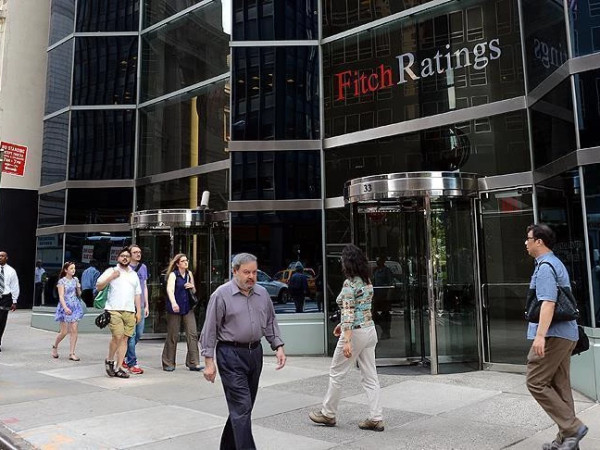America’s credit card balance has passed $1 trillion, or it’s about to, depending on whom you ask.
The average interest rate on a new card is 24 percent, the highest figure since the Reaganomics era.
A typical American household now carries $10,000 in credit card debt, by one estimate, another record.
If that doesn’t sound like a lot of debt, try paying it off. At $250 per month, with 24 percent interest, you’ll be making payments until 2030, and you’ll spend a total of $20,318, twice what you owed. And that assumes you never use the card again.
“It’s hard to build wealth when you’re paying 20 percent interest every month,” said Ted Rossman, a senior industry analyst at Bankrate.com.
The nation’s credit card debt stands at $986 billion, according to the Federal Reserve. The figure has climbed by $250 billion in two years.
Some other estimates range higher. A WalletHub report put total card debt at $1.2 trillion at the end of 2022.
Just two years ago, the national credit card narrative seemed headed in the opposite direction. Card balances declined from about $850 billion at the start of 2020 to less than $750 billion in the spring of 2021, a time of pandemic penny-pinching and federal stimulus-payment largesse.
“In 2021, we saw people paying off a record amount of debt,” said Jill Gonzalez, a senior analyst at WalletHub. “People had been saving through 2020, without much to do.”
And then, everything changed. Spending picked up. Saving slowed down. The Federal Reserve commenced an unprecedented campaign of interest rate hikes.
Credit card debt rose by $86 billion in the fourth quarter of 2022, the largest increase on record.
“The spending is really nonstop now,” Gonzalez said. “We once thought of putting things on our credit card as frivolous spending, or a big purchase, a TV. Now, because of inflation, people are putting actual necessities, food, housing, on their credit card.”
The average credit card interest rate stands at 20.92 percent. Just last spring, the average card rate was 16.65 percent.
“We’ve been tracking credit card rates since 1985, and these rates are the highest we’ve ever seen,” Rossman said. “The minimum-payment math is pretty staggering.”
Credit card customers fall in two distinct camps: those who pay off their balance every month, and those who do not. For consumers who never carry a balance, the interest rate doesn’t really matter, because they aren’t paying it.
But that group is shrinking. Forty-six percent of cardholders carry debt from month to month, up from 39 percent a year ago, Bankrate reports.
Credit card balances typically recede in the first months of the year, as consumers leverage holiday guilt, year-end bonus funds and early tax refunds to pay down their cards.
This year, that didn’t happen: The national credit card debt remained essentially flat.
And analysts expect it to rise in the months to come.
“We have summer travel coming up,” Gonzalez said. “And then we have quarter four upon us, the biggest spending time of the year.”
Credit card debt is afflicting different generations in myriad ways.
Older Americans tend to owe more card debt. A New York Life survey found that the average Generation X consumer with a balance owes just over $7,000, compared to an overall average debt of $6,321 per cardholder.
Millennials and Generation Z have less card debt, but they may struggle more to pay it down. One recent survey found that credit cards rank among the top three monthly expenses for both groups.
Credit card debt isn’t like a student loan or home equity line. It can sneak up on you. And it carries a stigma of fiscal irresponsibility. A recent NerdWallet survey found that one-third of married Americans with card debt haven’t told their spouses how much they owe.
“For some people, there is shame attached to debt,” said Melissa Lambarena, credit card expert at the personal finance site.
Federal regulators worry about Americans taking on too much card debt, especially younger consumers and lower-income households.
The Credit Card Accountability Responsibility and Disclosure Act of 2009 restricted lenders from charging excessive fees to customers who pay late or charge past their credit limit. The legislation barred card issuers from abruptly changing the interest rate or requiring payment on an unreasonably short deadline. The legislation offered further protections for young cardholders.
This year, the Biden administration is moving to further reduce punitive fees.
“Currently, you can be charged $30 for the first late payment, and $41 for a subsequent late payment within six billing cycles,” said Wei Zhang, a deputy assistant director in the Consumer Financial Protection Bureau.
Proposed reforms would cap fees at $8, reducing the annual tab for late fees from $14 billion to $5 billion, Zhang said, The HILL reports.















